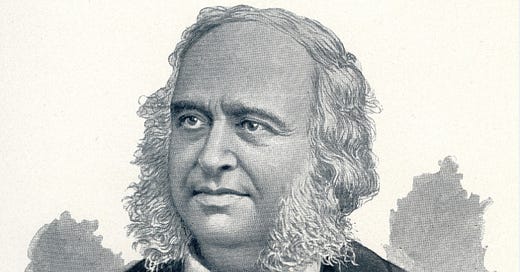Broca's Area Discovery 🧠 || Innoverge Blog #3
In the 1860s, debates about brain function focused on whether different parts of the brain performed specific tasks or if the brain worked as a whole. The discovery of Broca’s area by Pierre Paul Broca, a French physician, was pivotal, offering early evidence for the brain's localization of function and marking a new era in neuroscience. Broca’s area, linked to speech production, was identified through the study of a patient nicknamed "Tan," who could only articulate the syllable "tan" despite otherwise normal cognitive functions. This condition, a form of aphasia, highlighted the role of specific brain regions in language processing.
Broca’s findings didn’t just advance neuroscience; they had broader implications across multiple fields. In psychology, the discovery underscored the idea that specific cognitive functions are localized to particular brain regions, influencing cognitive therapies for language disorders and theories about the brain’s modularity. This insight into localized brain functions has guided approaches to diagnosing and treating psychological conditions, aiding in educational strategies and rehabilitation efforts for brain injuries.
In linguistics, understanding Broca’s area enriched the field's grasp of language processing, influencing theories of language structure and informing models of syntax, morphology, phonetics, semantics, and pragmatics. This knowledge has helped linguists appreciate the complexity of language and the distinct mechanisms underlying production and comprehension.
The insights from Broca’s area have also propelled advancements in artificial intelligence, particularly in natural language processing. By mimicking aspects of human language comprehension and production, AI researchers have developed algorithms that enhance machine learning models for understanding, generating, and translating human languages. This has improved voice-activated assistants and created sophisticated tools for linguistic analysis and automated translation.
Thus, the discovery of Broca’s area has far-reaching effects beyond neuroscience, impacting psychology, linguistics, and AI. It provided foundational knowledge about the brain’s structure and function, and inspired new research and technological innovations, deepening our understanding of the human mind and its capacity for language, thought, and learning.




